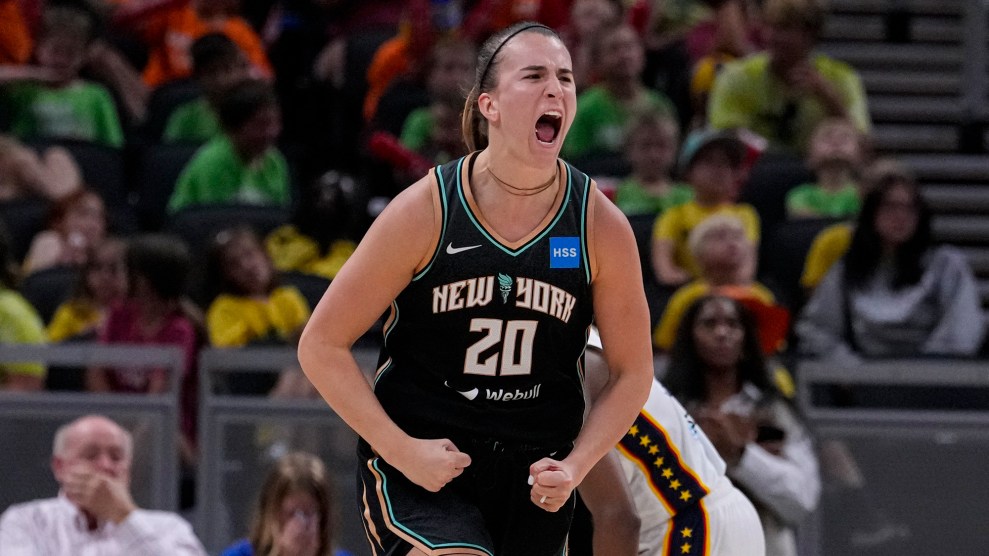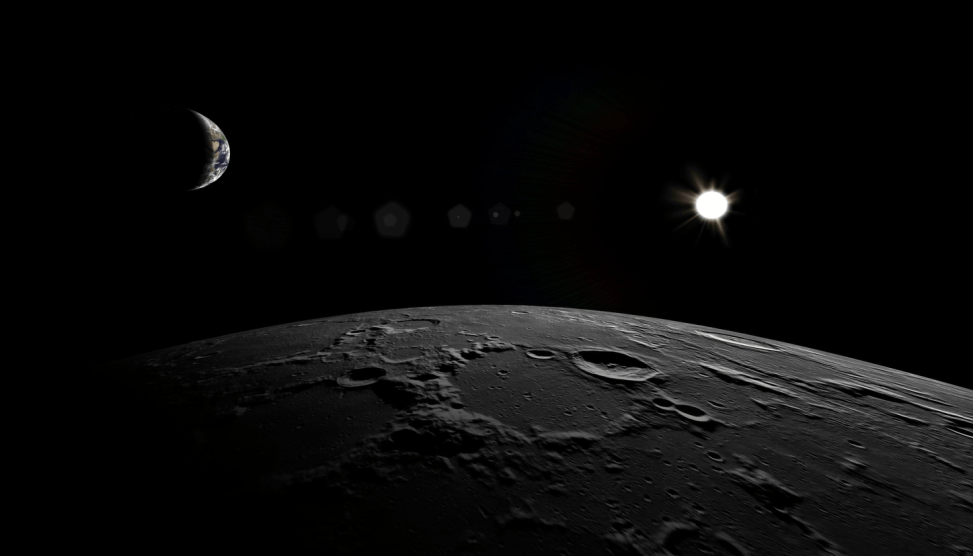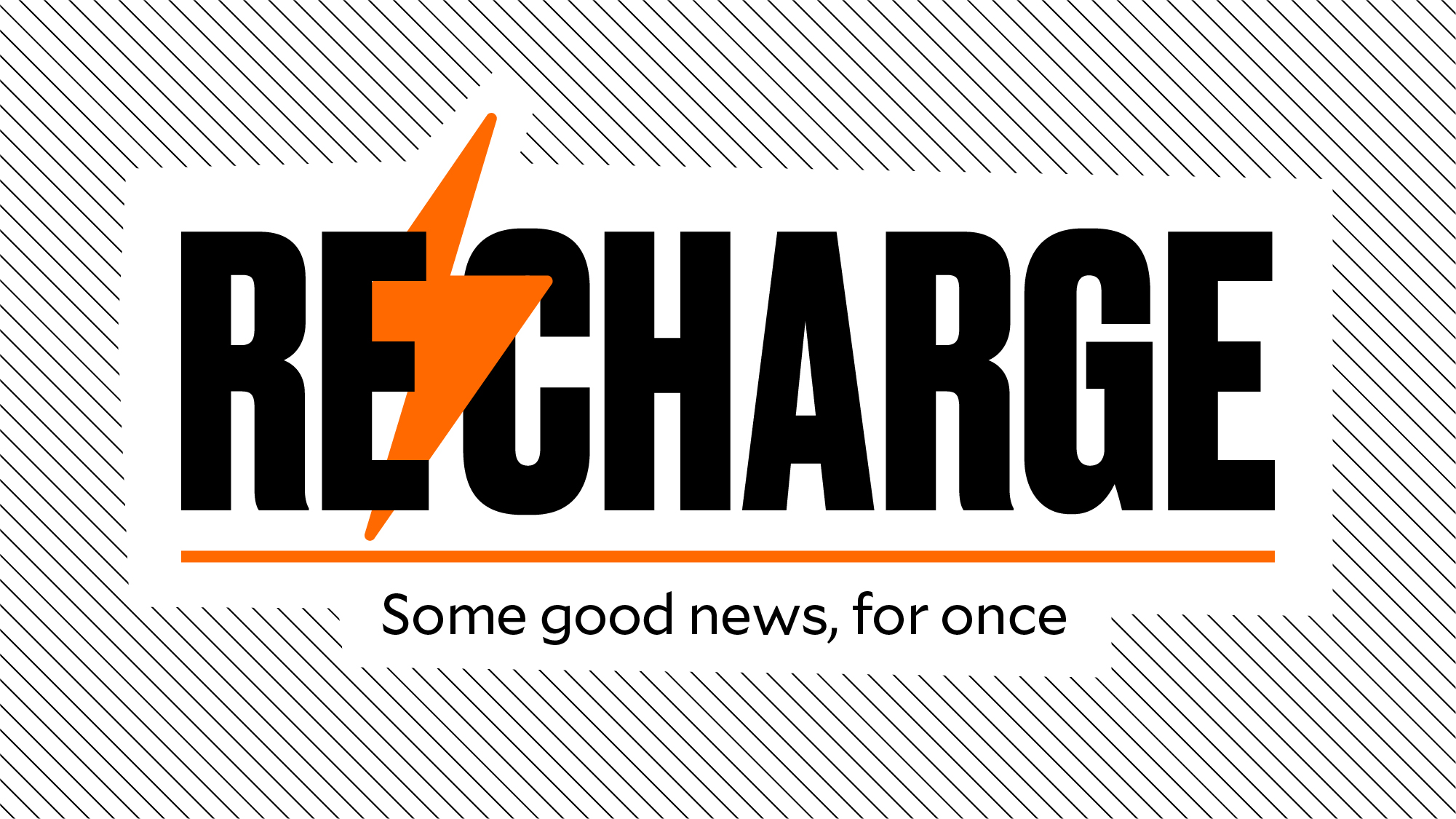What stands out most about Nate Luebbe’s exceptionally shot and hauntingly paced YouTube video Seattle Abandoned, a four-minute aerial glide over his hometown, is what doesn’t stand out at all: no people, no cars, no bikes, no signs of life or activity. It’s a deceptively quiet landscape that betrays the fact that, just a few months earlier, thousands of people jammed downtown on the very day, February 29, that America’s first-known case of COVID-19 was announced. Seattle had become the US epicenter of the coronavirus crisis.
Seattle Abandoned shows a city in lockdown, as disorienting as it is reorienting—an illustration of how to remake crisis into creativity, reflection, and resilience. It was filmed in the brief period between the pandemic’s onset and the protests, when the country was hit by one reckoning and at the doorstep of another. We’re treated to a time-lapse of sunrises and sunsets, with playgrounds draped in “Do Not Enter” tape—a cinematic view of a ghosted city. In Luebbe’s eyes, Seattle is both nature scene and crime scene: Just beyond the frame are the headlines and news cycles, but we don’t see the pandemic’s human toll. What we see is raw nature. To watch this footage is to come closer to the line between civilization and its undoing, between human order and disorder:
Before the pandemic, Luebbe was fleeing Seattle as often as possible for faraway destinations as a travel-adventure and wildlife photographer, on assignments and tours. When the coronavirus swept the country, he sheltered in place, but he adapted creatively by mapping Seattle using a drone and two Kodak cameras. “I started the project in late March or early April, so it was very chilling and haunting, like, man, is everybody gonna die or is this temporary? We were ground zero in the US. It was intense for quite a while,” he tells me.
Luebbe flew over the city after securing FAA flight waivers and permits in compliance with regulations allowing drones downtown only if they don’t fly over vehicles or people. “Not a single car. It’s surreal. I’m not a people photographer. I love nature, silence, and solitude, so on the one hand I found it beautiful and enjoyable” to film—but also devastating, weighted by the knowledge of isolation and grief beyond the frame. “I haven’t left Seattle in months. I’ve been trying to find a nature release by going to a park with a mask on, keeping my distance, getting fresh air, taking photos of flowering trees.”
Luebbe became a professional photographer after working as an environmental scientist and a craft brewer, switching to photography full-time to reframe what a “frontier” could mean. A sample of his striking photos:
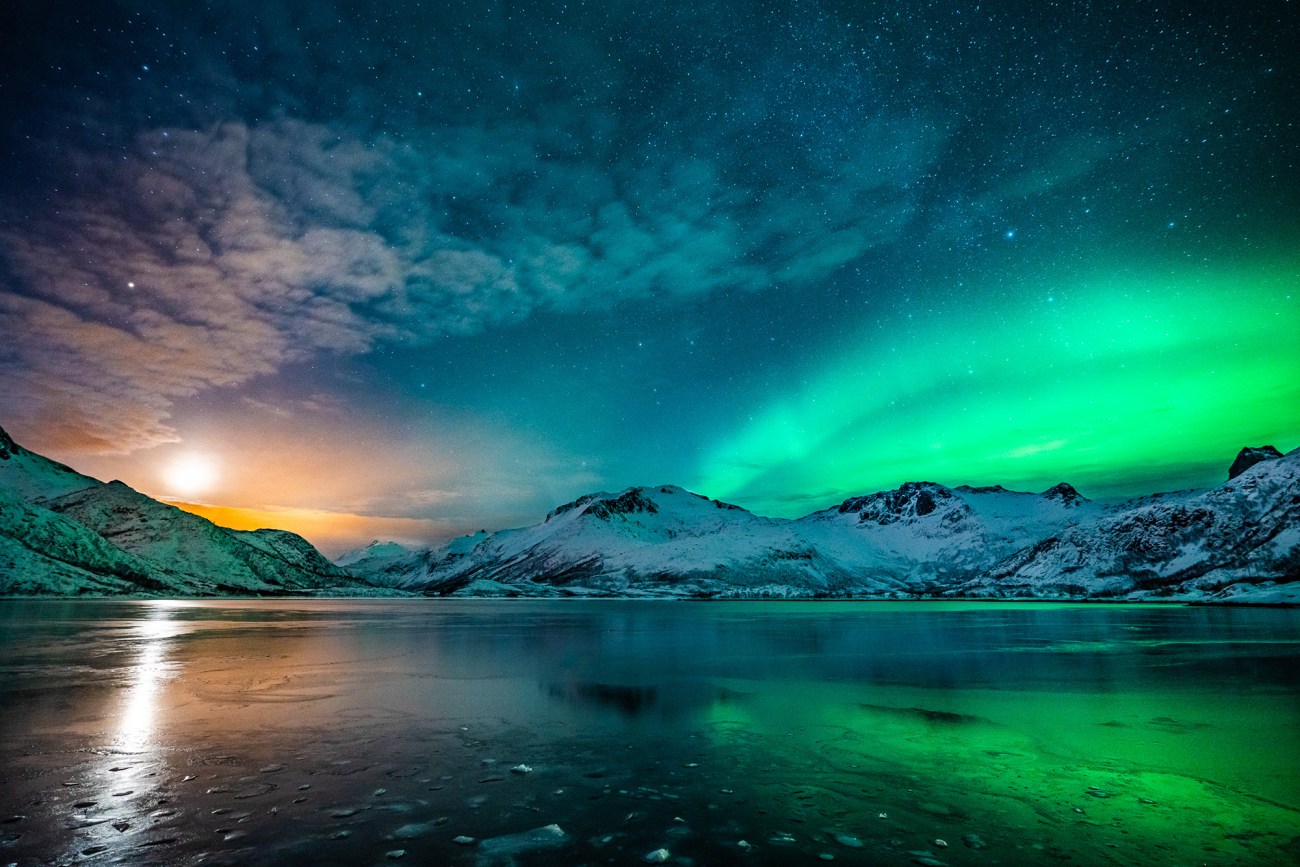
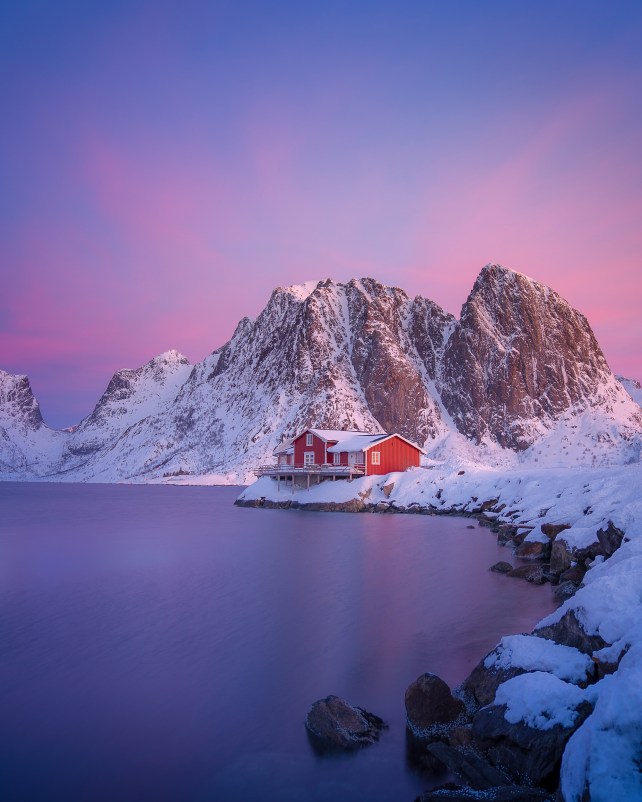
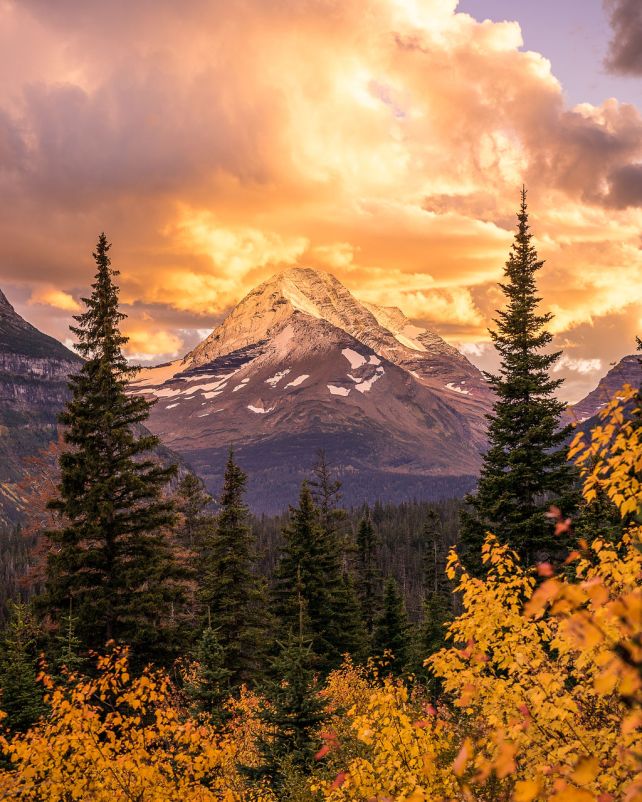
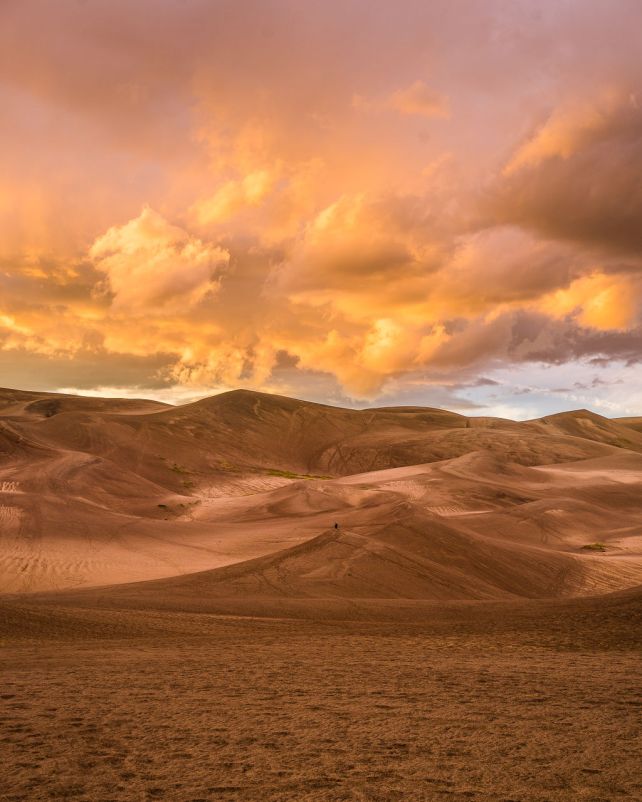
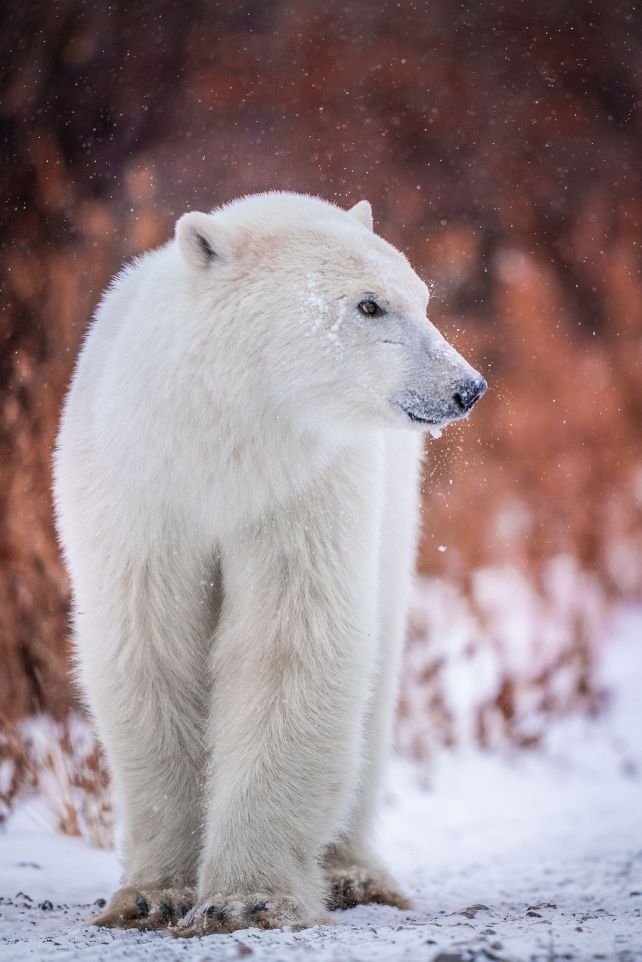
Before the lockdown, Luebbe led group trips abroad to teach photography techniques and strategies, and he continues to offer Zoom tutorials and seminars on editing and compositional work.
“The travel industry is pretty decimated,” he says, “but there is an unprecedented appetite for ‘content consumption’ right now because so many people are home. My advice to photographers: Look to fill that gap creatively. I have friends shooting really cool outside-inside photos with tiny figurines they’ll stage with a brown paper bag to make it look like someone’s hiking through a canyon—or using a plate covered in water to get a sunset reflection in their apartment. There are always ways to be creative.”
“I don’t think any photographer should see the pandemic as limiting to your career,” he says. “Just unique restrictions. You have the most captive audience that anybody has had in human history. Get creative.”

For more of Luebbe’s work and workshops, visit NateLuebbe.com.

